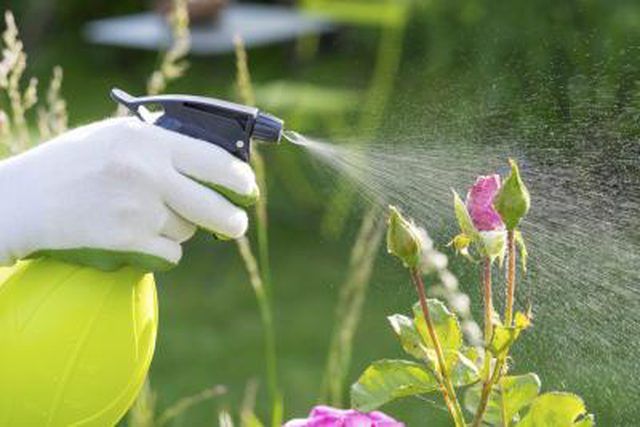Bulbs
Flower Basics
Flower Beds & Specialty Gardens
Flower Garden
Garden Furniture
Garden Gnomes
Garden Seeds
Garden Sheds
Garden Statues
Garden Tools & Supplies
Gardening Basics
Green & Organic
Groundcovers & Vines
Growing Annuals
Growing Basil
Growing Beans
Growing Berries
Growing Blueberries
Growing Cactus
Growing Corn
Growing Cotton
Growing Edibles
Growing Flowers
Growing Garlic
Growing Grapes
Growing Grass
Growing Herbs
Growing Jasmine
Growing Mint
Growing Mushrooms
Orchids
Growing Peanuts
Growing Perennials
Growing Plants
Growing Rosemary
Growing Roses
Growing Strawberries
Growing Sunflowers
Growing Thyme
Growing Tomatoes
Growing Tulips
Growing Vegetables
Herb Basics
Herb Garden
Indoor Growing
Landscaping Basics
Landscaping Patios
Landscaping Plants
Landscaping Shrubs
Landscaping Trees
Landscaping Walks & Pathways
Lawn Basics
Lawn Maintenance
Lawn Mowers
Lawn Ornaments
Lawn Planting
Lawn Tools
Outdoor Growing
Overall Landscape Planning
Pests, Weeds & Problems
Plant Basics
Rock Garden
Rose Garden
Shrubs
Soil
Specialty Gardens
Trees
Vegetable Garden
Yard Maintenance
Using Tempo Insecticide
Using Tempo Insecticide. Tempo brand insecticides, produced by Bayer, are designed to quickly kill insect pests indoors as well as in the yard and lawn. The products are used to directly kill insects in the home and yard, and to provide a protective barrier in and around the home to keep insects from returning. Tempo is available as a dust, in...

Tempo brand insecticides, produced by Bayer, are designed to quickly kill insect pests indoors as well as in the yard and lawn. The products are used to directly kill insects in the home and yard, and to provide a protective barrier in and around the home to keep insects from returning. Tempo is available as a dust, in pre-measured pouches that dissolve in water and as a concentrated liquid.
How Tempo Works
The active ingredient in Tempo insecticide is cyfluthrin or beta-cyfluthrin. When insects ingest the pesticide or come into contact with it, the chemical affects the nervous symptom, disrupting the insects' ability to move and eat. This eventually kills the insects. Cyfluthrin-based pesticides are extremely toxic to beneficial insects and bees, and can contaminate water sources. Take care not to allow the chemical to drift to blooming plants or allow it to run off into water supplies or culverts.
Mixing Instructions
Add 0.27 to 0.54 ounces of Tempo concentrated liquid to each 1 gallon of water, depending on whether the infestation is minor or severe. The higher rate also provides longer residual action. Shake or stir the mixture. If you're using Tempo Ultra water-soluble packets, add one packet to 5 gallons of water and mix well. To spray the lawn, mix 0.135 to 0.270 ounces to 1 gallon of water to treat 1,000 square feet of lawn. Set the sprayer for a coarse spray. A pump-type handheld sprayer with an adjustable wand works well for mixtures of 1 to 2 gallons. A backpack sprayer may be more comfortable for larger quantities.
Spraying Tempo
Adjust the nozzle for a broader spray to treat the house perimeter, and change to a more concentrated, thinner stream to spray pesticide into nooks, cracks and crannies. Spray around the foundation of the home, around sheds, decks and patios to form a "bug barrier." This perimeter application can be up to 10 feet across and the spray can be applied up to 3 feet high on buildings.
Mixing and Spreading Tempo Dust
Tempo WP dust comes in a plastic jar with a scoop. This formula is mixed at the rate of 2 to 4 scoops into 1 gallon of water, depending on the severity of the infestation. Spray as for Tempo made from concentrated liquid. Tempo 1% dust comes in a squeeze bottle with a narrow tip for forcing the powder into cracks and crevices in foundations and patios.
Tips and Cautions
Do not spray Tempo onto any plant you use for food, including herbs, vegetables and fruit trees. Keep children and pets out of sprayed areas until the insecticide dries. Mix only as much Tempo as you plant to use right away. Spray directly onto visible insects, and coat foliage and stems of infested plants and grass. Do not spray to the point of runoff. Wear protective clothing including long pants, shoes, socks, long-sleeved shirt and gloves whenever handling chemicals.